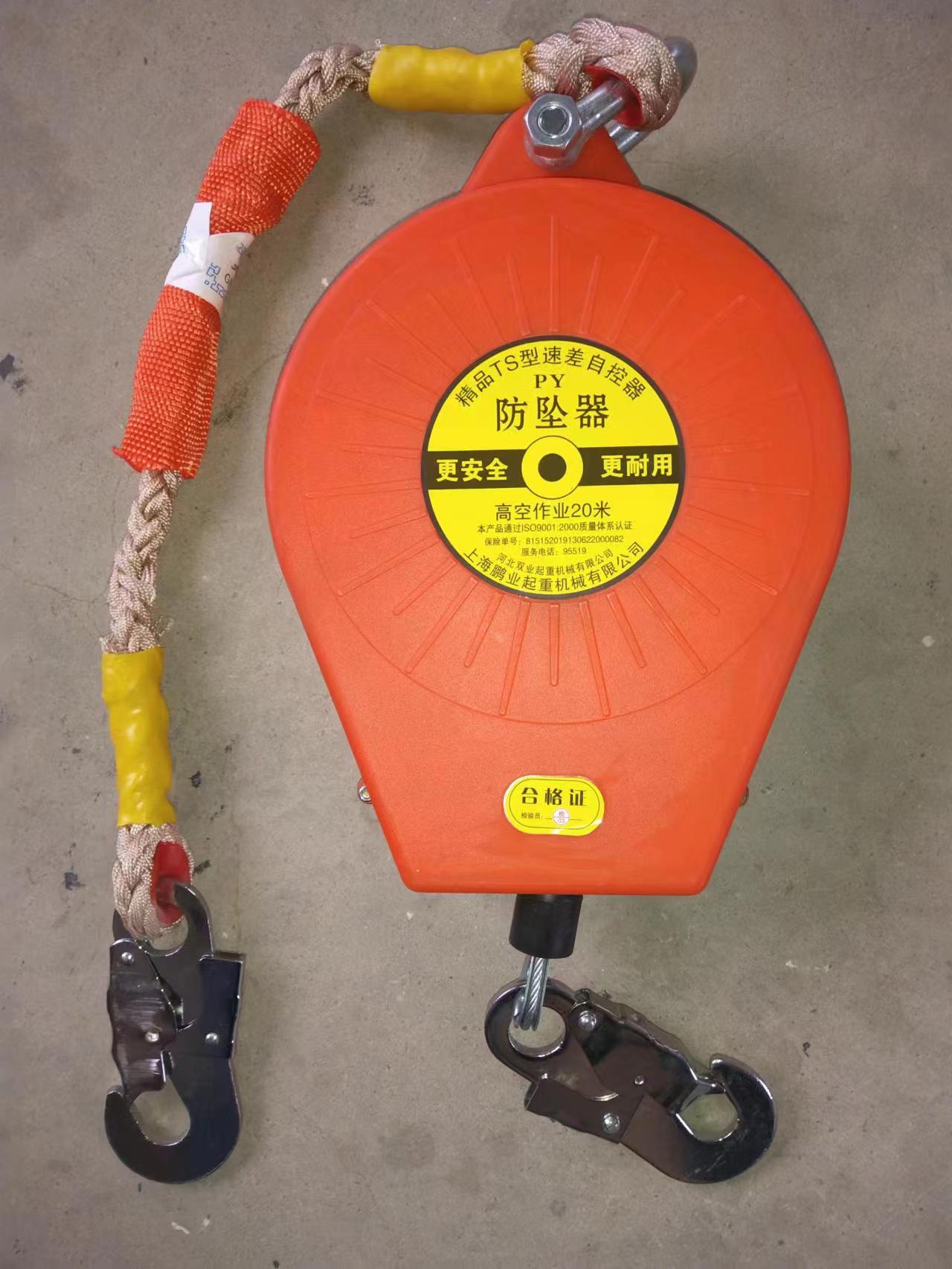


The Importance of Fall Restraint Equipment
In various industries, especially construction, maintenance, and manufacturing, safety is of utmost priority. Among the many safety measures employed, fall restraint equipment plays a crucial role in preventing accidents that can lead to serious injuries or fatalities. This article explores the significance of fall restraint equipment, its types, and best practices for effective usage.
Understanding Fall Restraint Equipment
Fall restraint equipment is designed to prevent workers from falling from heights. Unlike fall arrest systems, which only stop a fall after it has occurred, fall restraint systems are engineered to keep workers from reaching a fall hazard in the first place. This proactive approach significantly reduces the risk of accidents, making it an essential component of workplace safety protocols.
Types of Fall Restraint Equipment
1. Harnesses A fall restraint harness is worn by workers to secure them to an anchor point. These harnesses are usually made from durable materials capable of withstanding considerable stress. It is essential that these are properly fitted to the user to ensure comfort and effectiveness.
2. Lanyards Lanyards connect the harness to an anchor point. They provide an essential link that restrains the worker from moving too close to the edge. Some lanyards are adjustable, allowing workers to find a comfortable length while ensuring they cannot fall.
3. Anchor Points These are secure points to which lanyards or lifelines can be attached. Anchor points need to be strong enough to withstand the forces generated in case of a fall. Proper selection and installation of anchor points are critical for ensuring safety.
4. Guardrails While not always classified as fall restraint equipment, guardrails act as a physical barrier preventing workers from approaching a ledge or drop-off. They are commonly found on roofs, elevated platforms, and scaffolding.
5. Safety Nets In some applications, safety nets can serve as an additional layer of protection against falls, particularly in construction sites where work occurs at significant heights. These nets are designed to catch falling workers or tools, minimizing risk.

Best Practices for Using Fall Restraint Equipment
To effectively utilize fall restraint equipment, certain best practices should be followed
1. Training Every worker should receive comprehensive training on how to use fall restraint equipment properly. This includes understanding how to wear a harness, inspect equipment, and recognize hazards on the job site.
2. Regular Inspections Fall restraint equipment should be regularly inspected for wear and tear. Components such as harnesses, lanyards, and anchor points should be checked before each use. Any damaged equipment must be removed from service immediately.
3. Compliance with Regulations Organizations should ensure that their fall protection measures comply with local regulations and standards set by organizations such as OSHA (Occupational Safety and Health Administration) in the United States. Familiarizing oneself with these regulations can enhance safety measures and reduce liability.
4. Proper Planning A thorough risk assessment should be conducted before starting work at heights. This includes identifying potential fall hazards and determining the most effective fall restraint measures to implement.
5. Emergency Preparedness In the event of a fall or accident, it is essential to have an emergency response plan in place. Workers should know how to react and who to contact in case of an emergency, ensuring rapid assistance can be provided.
Conclusion
The importance of fall restraint equipment cannot be overstated. As workplaces continue to evolve and the demand for more complex structures increases, the potential for falls also rises. By prioritizing the use of fall restraint equipment, organizations can create a safer working environment. Continuous training, adherence to regulations, and regular inspections are key components in the effective implementation of these safety measures. Ultimately, by investing in fall restraint systems and creating a culture of safety, companies protect their most valuable asset their workers.



